Our story
Feyel & Artzner was born out of the merger of the two greatest families in the history of Strasbourg Foie Gras, and has turned its roots in tradition into a real asset on the Foie Gras market. It combines the know-how of a traditional business with that of a company with the resources needed to guarantee impeccable quality.
The names Feyel and Artzner have become synonymous with Foie Gras, fine food, pleasure and celebration. This reputation is based on more than two hundred years of exciting history.
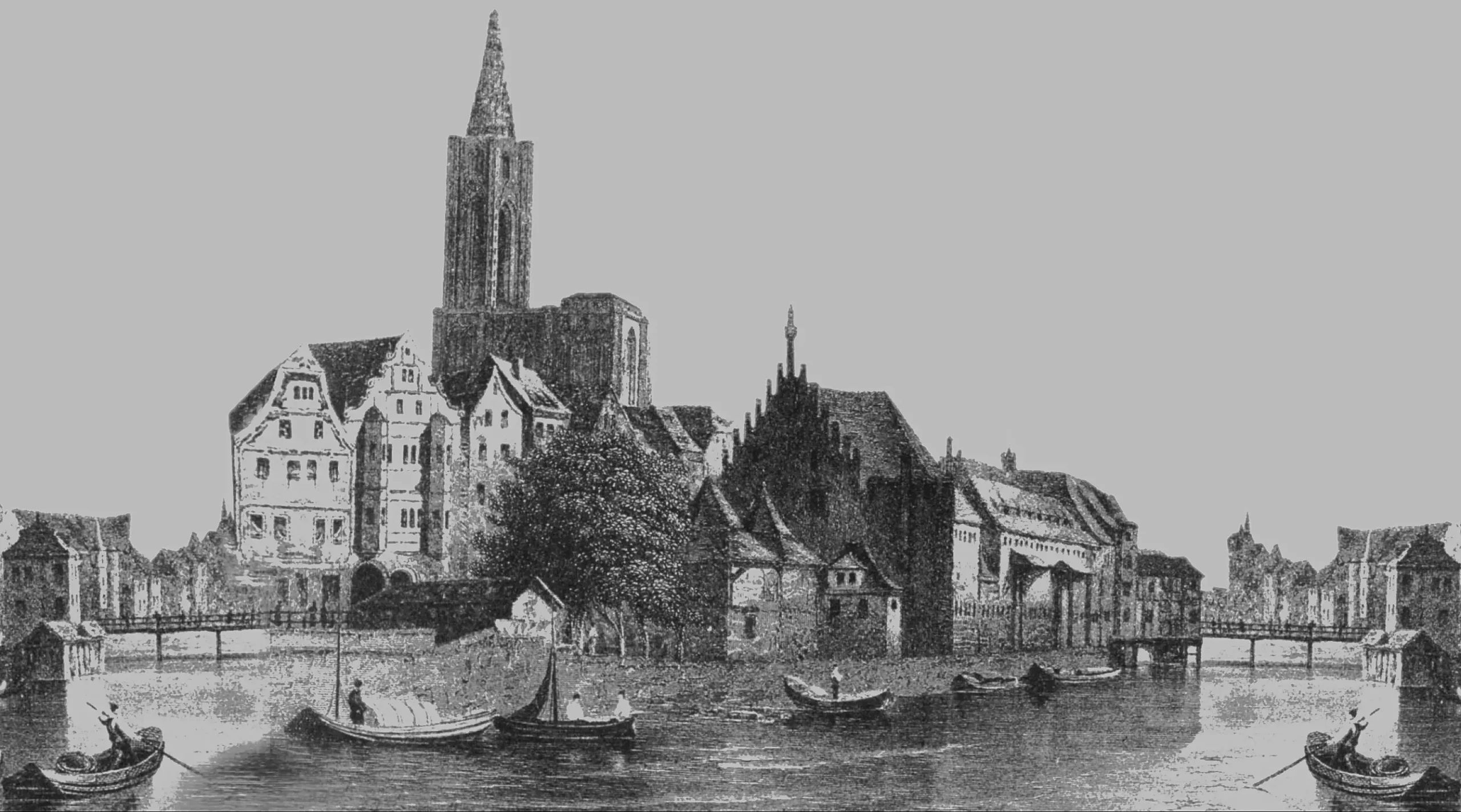
Strasbourg, the birthplace of foie gras
Gastronomic Foie Gras was invented in Strasbourg in 1783 by Jean Pierre CLAUSE, cook to Marshal De Contades, military commander of the Province of Alsace.
The success of this new gastronomic dish was dazzling and went far beyond the borders of the Province, as it was delivered to the kitchens of all the great courts of Europe!
At the end of the 19th century, there were no fewer than 150 Foie Gras producers in Strasbourg, including the two prestigious Houses of Feyel and Artzner.
Birth of Feyel & Artzner
The years went by, and the success continued unabated. For more than a century, the expertise of the Feyel and Artzner families was recognised throughout Europe and on other continents. Gastronomic artists such as these were bound to come together and merge. This is what happened in the 1980s in the face of the constraints and tensions of the economic markets.
Feyel & Artzner is independent and has preserved its family spirit. It continues to develop and is now run by Claudine FREY ROPOSTE, accompanied by a management committee comprising the sales, marketing and production departments.
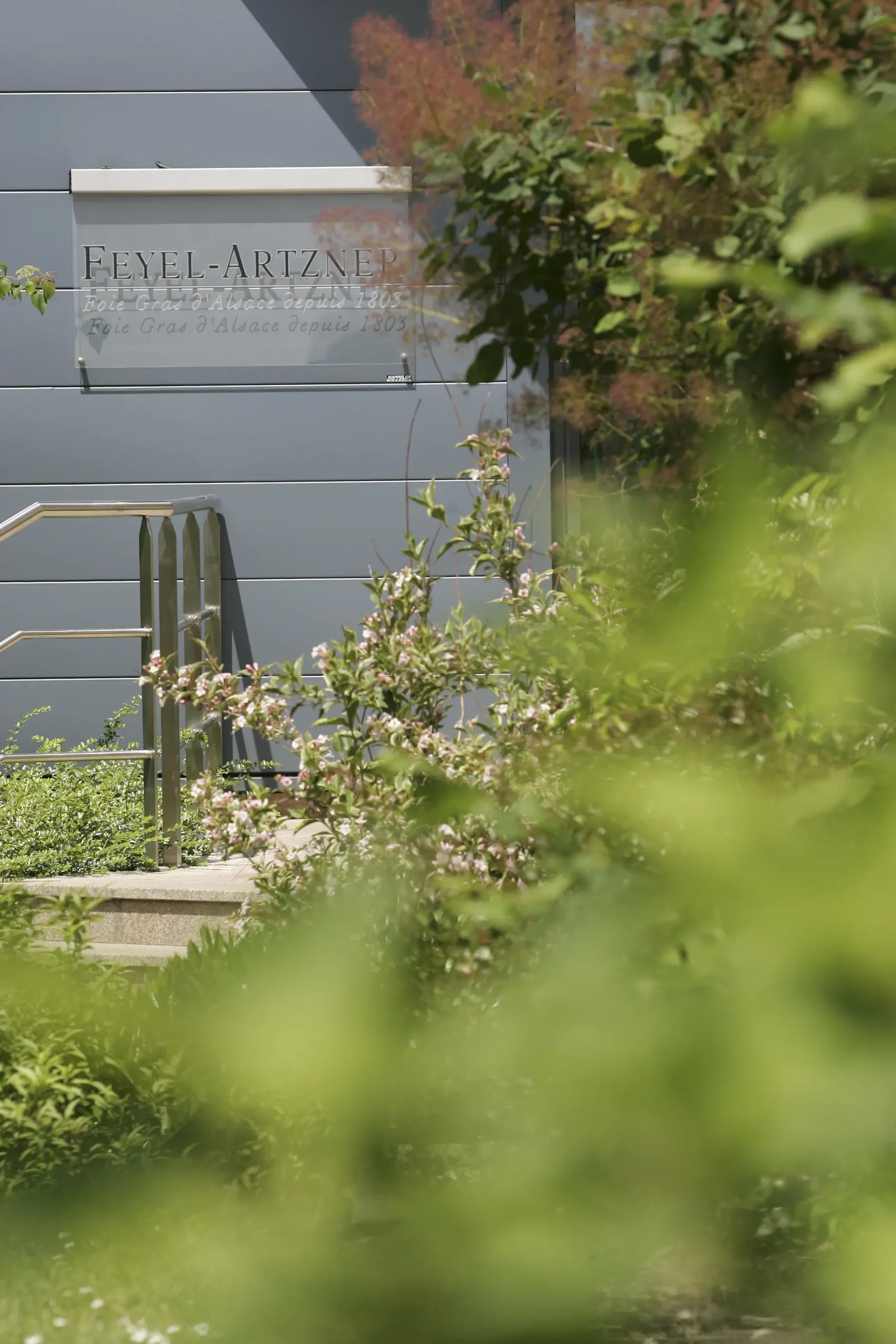
1783
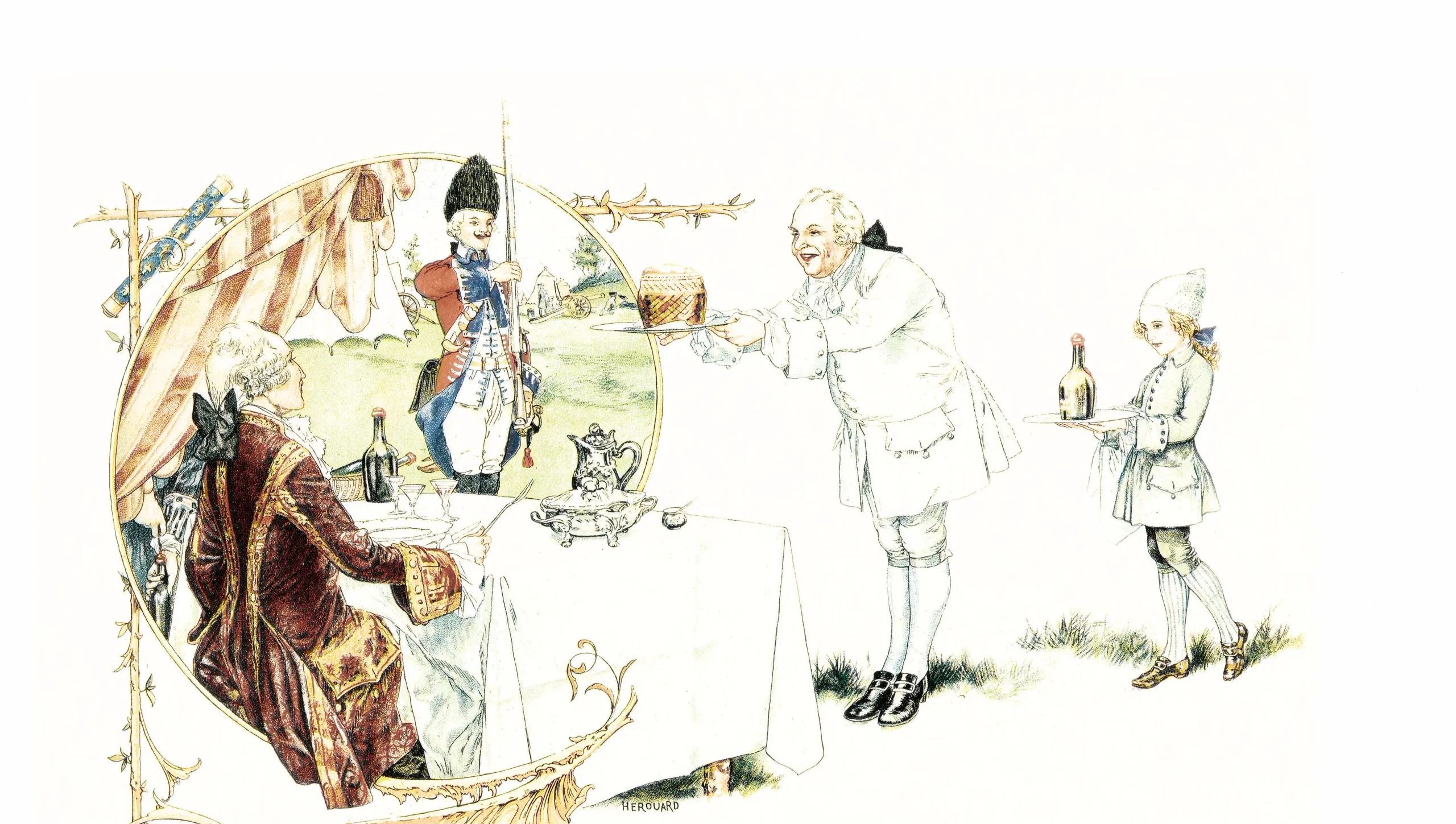
Pâté des Contades
Creation of the 1st recipe for Foie Gras cooked by Jean Pierre CLAUSE, Pâté de Contades (Goose Foie Gras stewed in a pastry)
Creation of Maison Artzner
Philippe-Édouard ARTZNER, a seasoned pastry chef-caterer, inaugurated a boutique featuring a workshop dedicated to foie gras production, right in the heart of Strasbourg. In this space, he developed sumptuous recipes and established himself as a true culinary trendsetter.
1803
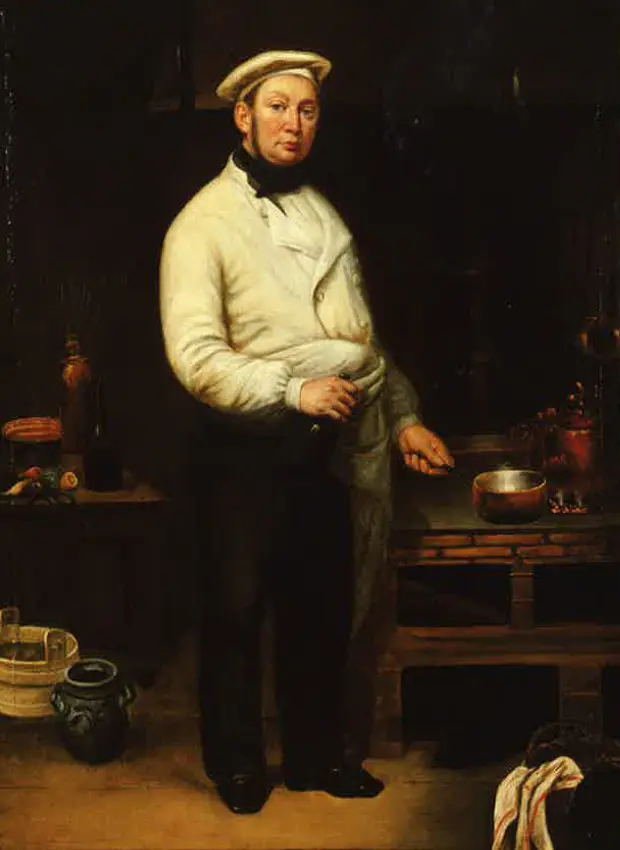
1811
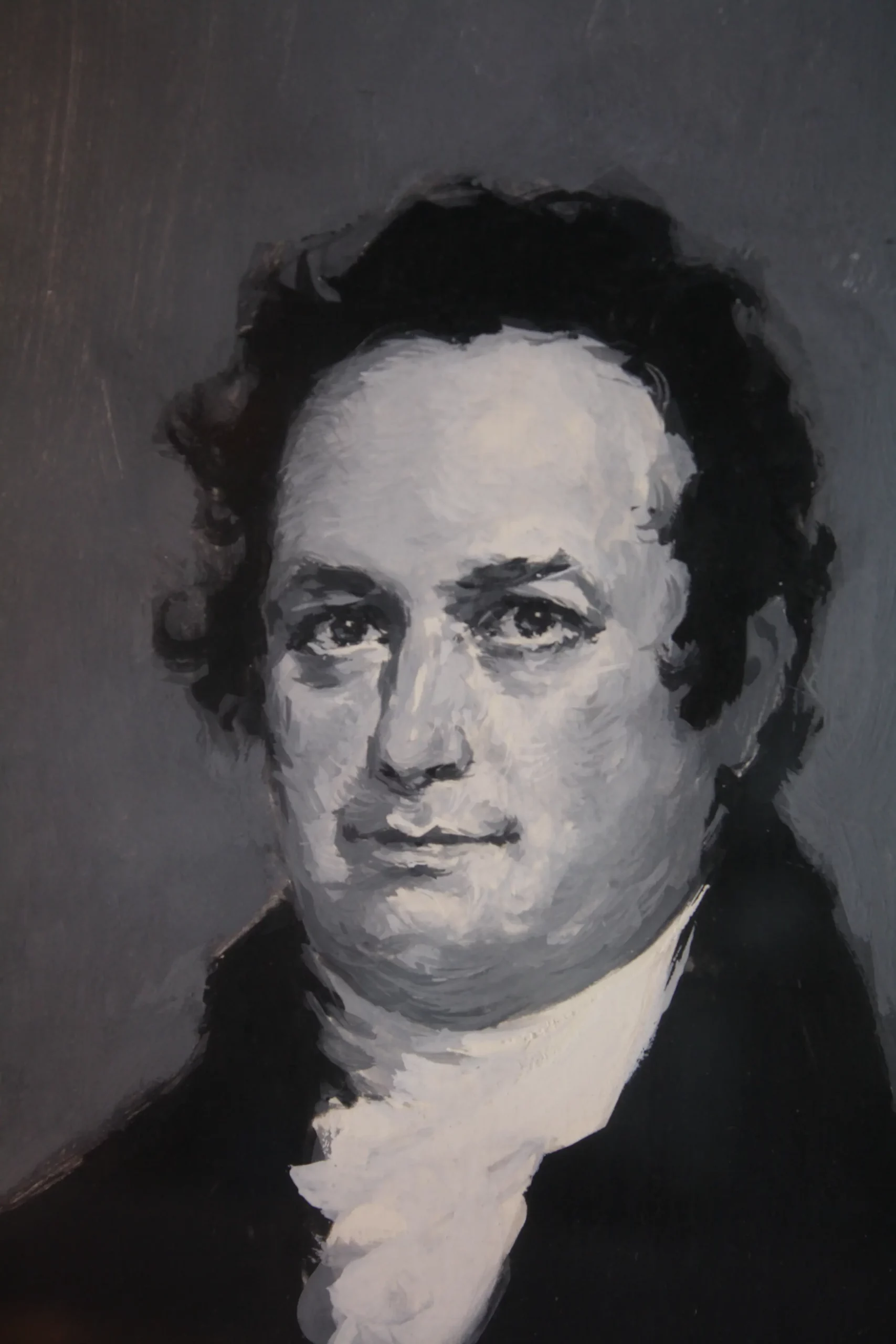
Creation of Maison Feyel
The foie gras of Frédéric Feyel, a pastry chef and confectioner, became the emblem of Maison Feyel’s renown far beyond Alsace’s borders. Crafted using a traditional recipe, these delicacies were savoured on the tables of the most prestigious imperial courts in Europe.
The Faience Terrine
Édouard Artzner, son of Philippe-Édouard, took over the family business. He pioneered the process by cooking goose livers in terracotta terrines. Thanks to a slow, low-temperature cooking process, the foie gras preserved all its virtues and delicate flavour. After cooling, Édouard Artzner coated these pâtés with a thin layer of goose fat, ensuring a conservation period of 2 to 3 weeks—a true revolution for the time !
The resounding success of this new packaging method among an exceptional clientele heralded the remarkable rise of foie gras in France and around the globe. This unique expertise has been passed down through the generations of Maison Artzner’s chefs, outliving fleeting trends and enduring through the centuries.
1850
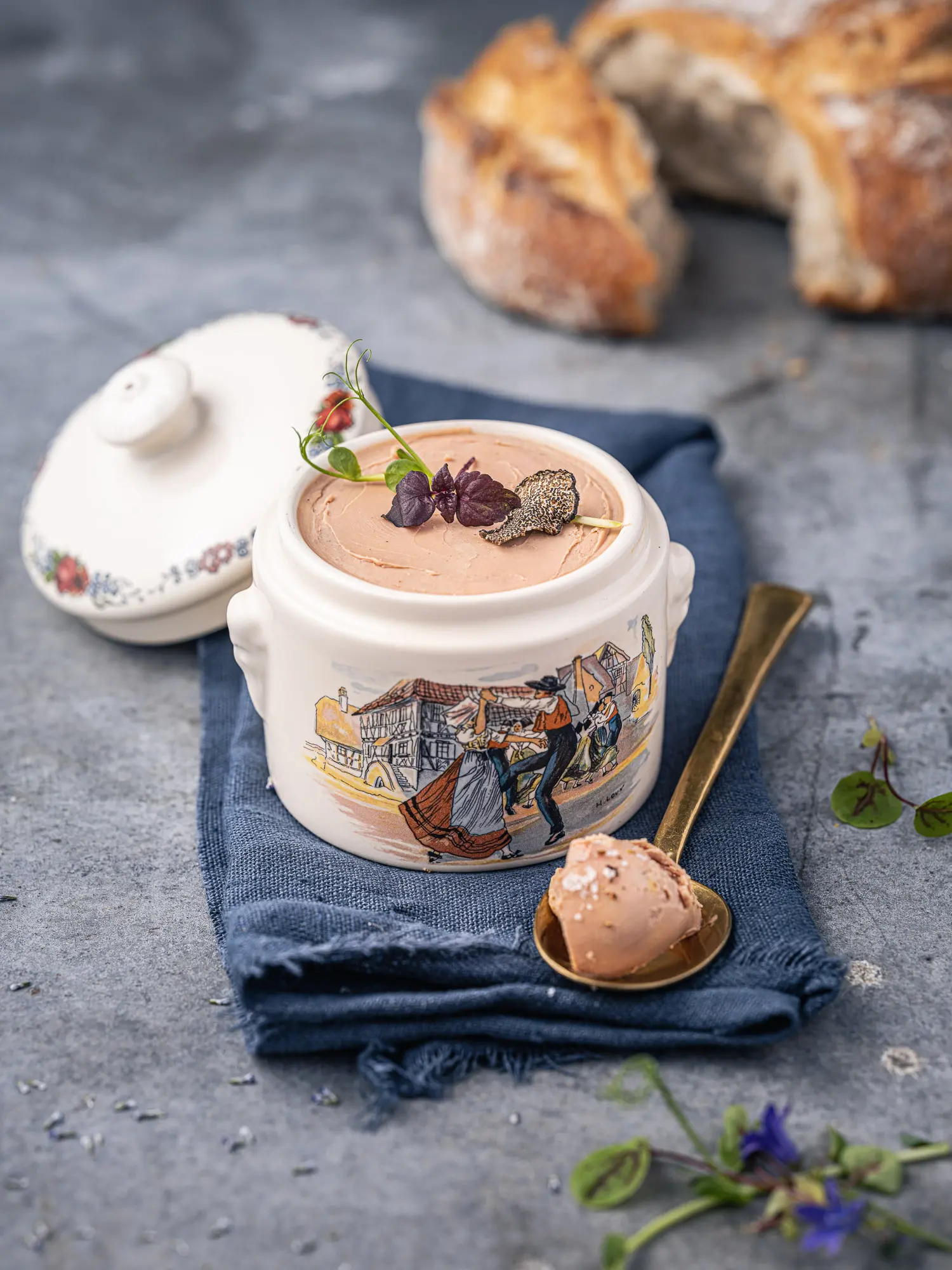
1861
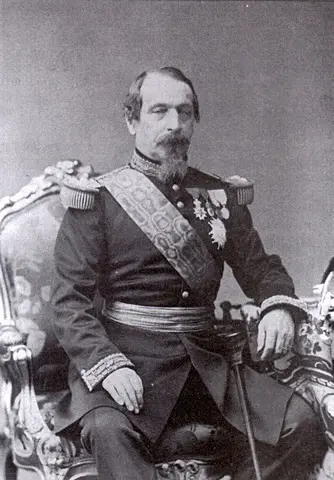
Napoléon III
Maison FEYEL becomes official supplier to Emperor Napoleon III.
The Era of Wars
From 1871 to 1918, Alsace-Lorraine became an integral part of the German Empire, and from 1940 to 1945, it belonged to the Third Reich. Entry into the German Empire did not adversely affect the trade of Alsatian foie gras houses, which continued to produce and export worldwide. At that time, Alsatian producers had largely marginalized productions from the Southwest. World War I placed the Alsatian economy in a downturn, and Maison Feyel & Artzner struggled due to a shortage of raw materials. Foie gras production rebounded robustly between the two world wars, and by 1930, FEYEL products were present on all five continents !
Meanwhile, Artzner had to relocate to a new factory to meet soaring demand. Unfortunately, the invasion of Alsace in 1939 plunged the industry into deep difficulties. Numerous houses left Strasbourg; Artzner, for instance, temporarily relocated to Bordeaux to continue production. After the war, Strasbourg’s foie gras once again faced significant challenges, now contending with competition from the Southwest.
1871
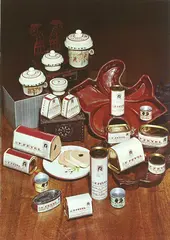
1971
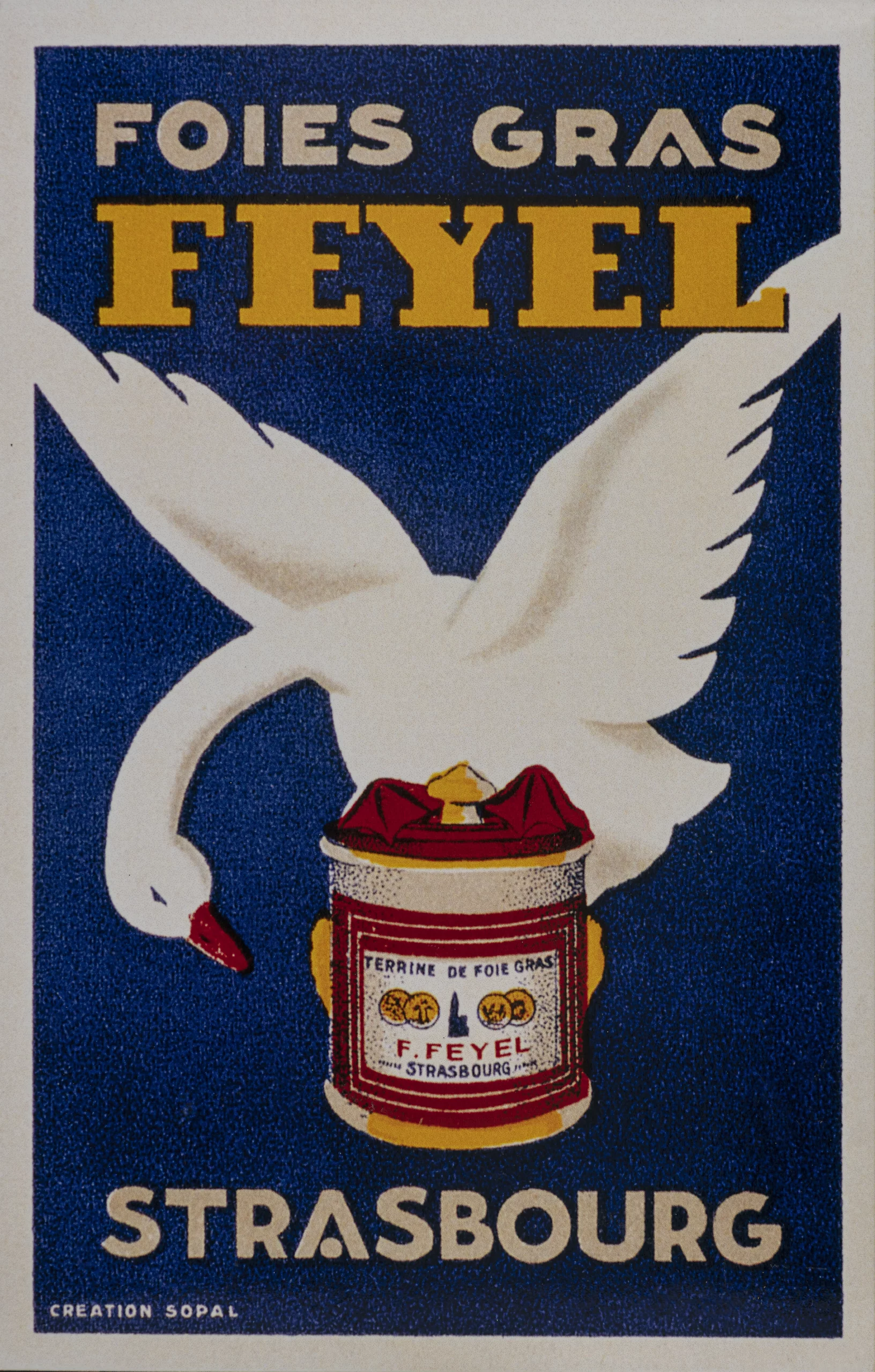
Maison Feyel Joins the OLIDA Group
Olida is an industrial and commercial company founded in 1855 by Ernest Olida, specializing in meat processing. In 1974, Olida also assumed the activities of ARTZNER, managing the operations of the two houses separately.
Maison FEYEL and ARTZNER join SPEGAL
The FEYEL and ARTZNER houses were merged within SPEGAL (Gastronomic and Food Specialties). The SPEGAL venture lasted only six years, and the foie gras activities were sold to the Paribas group in 1990.
1984
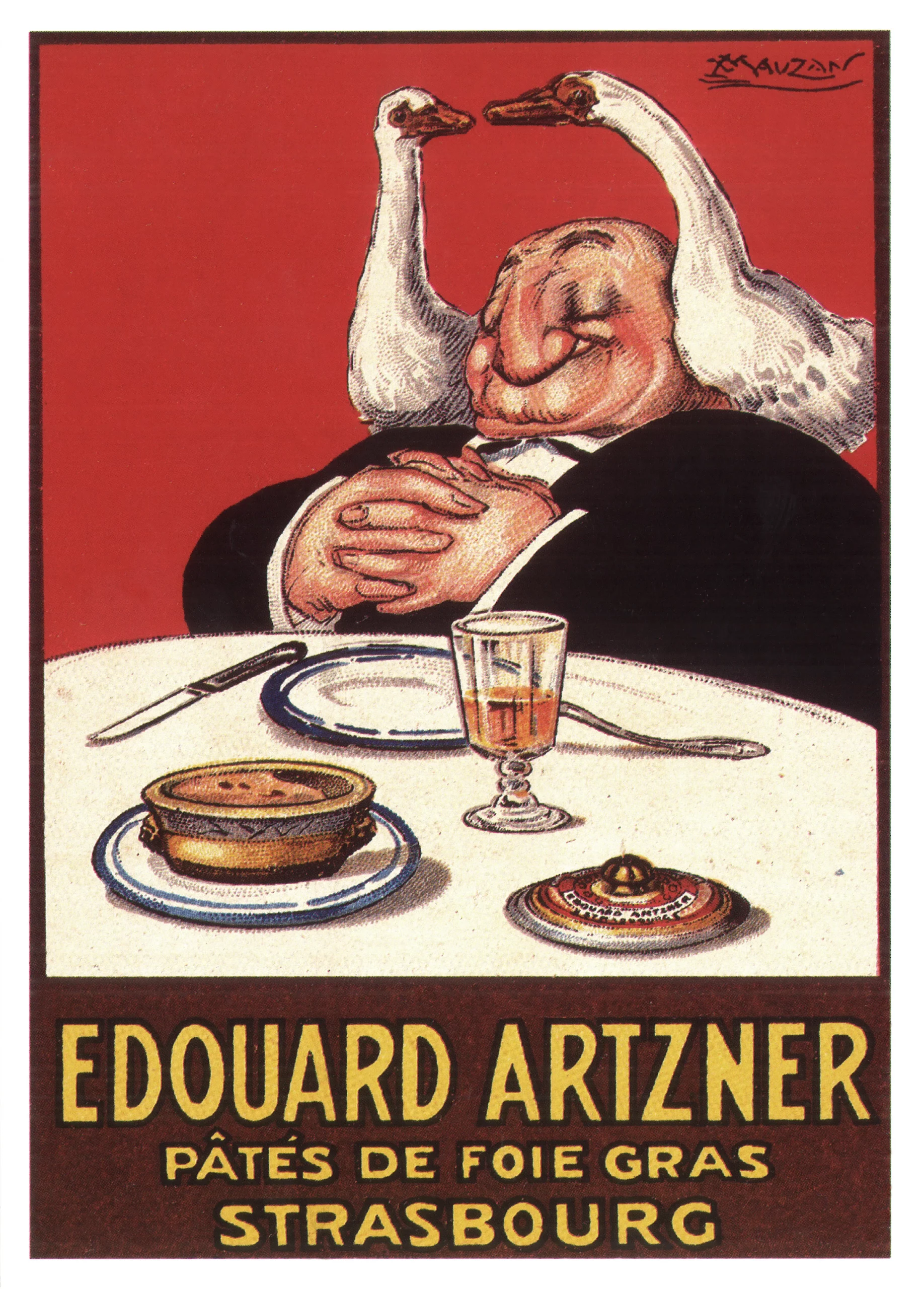
1994

Creation of Maison FEYEL-ARTZNER
Having been in the red since 1989, Maison FEYEL-ARTZNER was revitalized by Jean SCHWEBEL, the former head of the Cronenbourg brewery, who embarked on the venture by gradually acquiring the entire capital. Under his leadership, the company expanded into new international markets, developed innovative products, and reclaimed a prominent position among French gastronomy players.
Claudine Frey Roposte
Following two disastrous episodes of avian influenza outbreaks and an unsuccessful investment in a diversification venture, the company faced major difficulties. Placed under judicial recovery, it was taken over in July by Mrs. Claudine FREY ROPOSTE, who created Maison FEYEL & ARTZNER.
2017
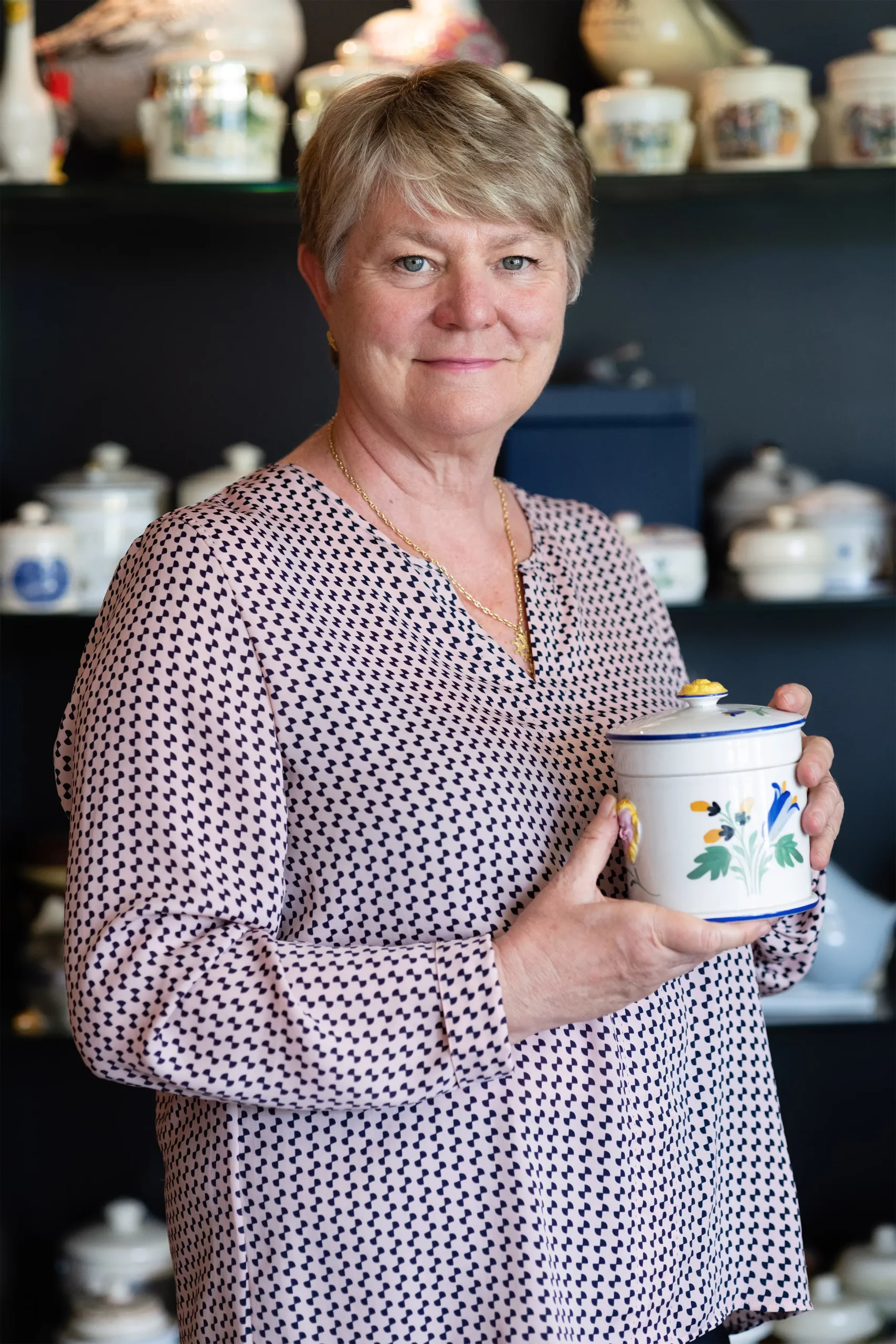
2018
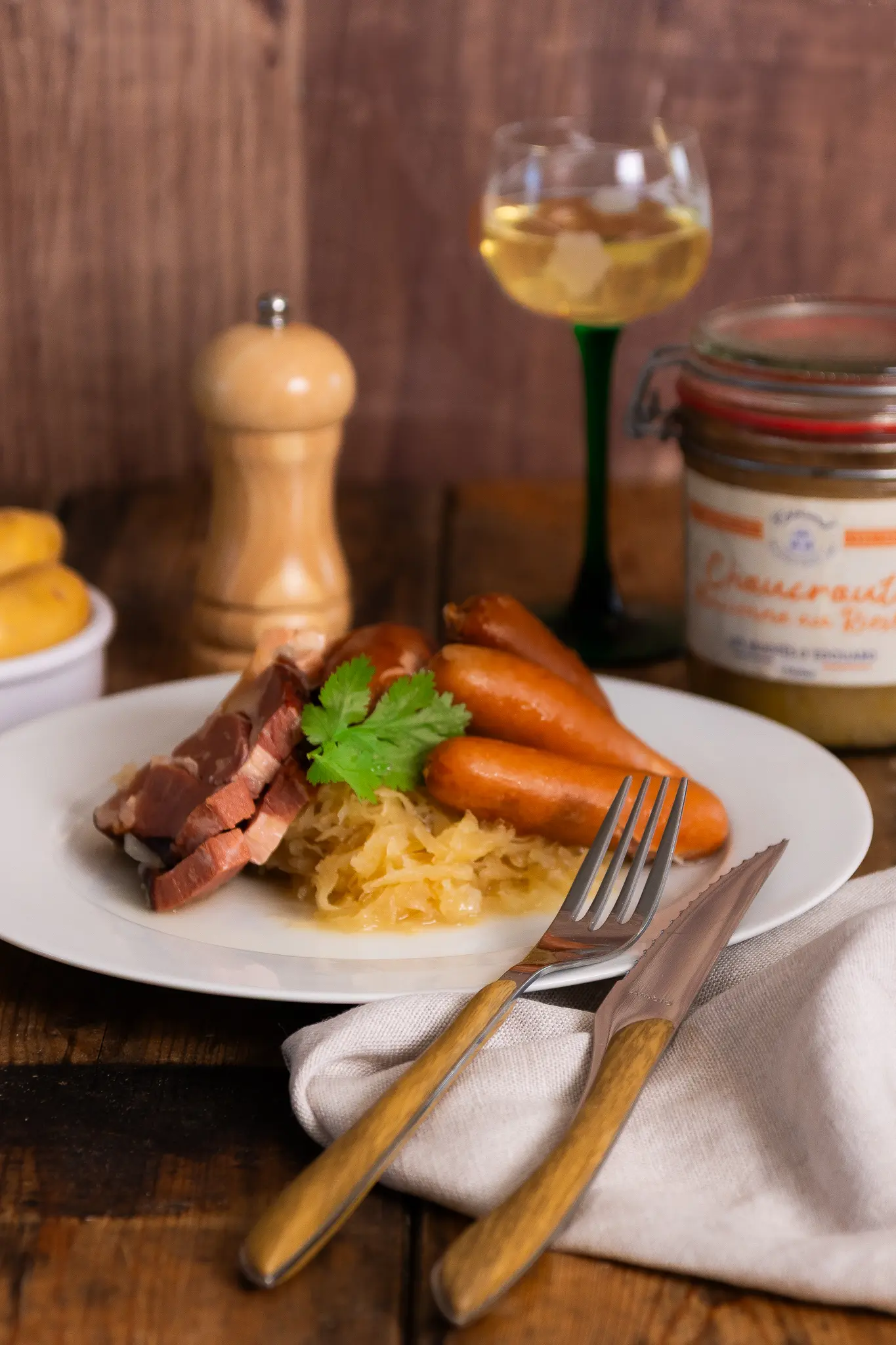
Straviandes
The strategy to de-seasonalize revenue, previously heavily focused on year-end festivities, remained a strong priority. The decision was made to acquire the company Straviandes in order to enter a new market—the everyday consumption of cooked meats.
Puntoun Farm
Securing the supply of raw materials became a strategic issue for our production processes. Mastering this supply chain is therefore critical to ensuring the company’s continuity and performance. The acquisition of the Puntoun farm—a slaughterhouse located in Mirande in the Gers—represented an important step in consolidating our operations.
2020
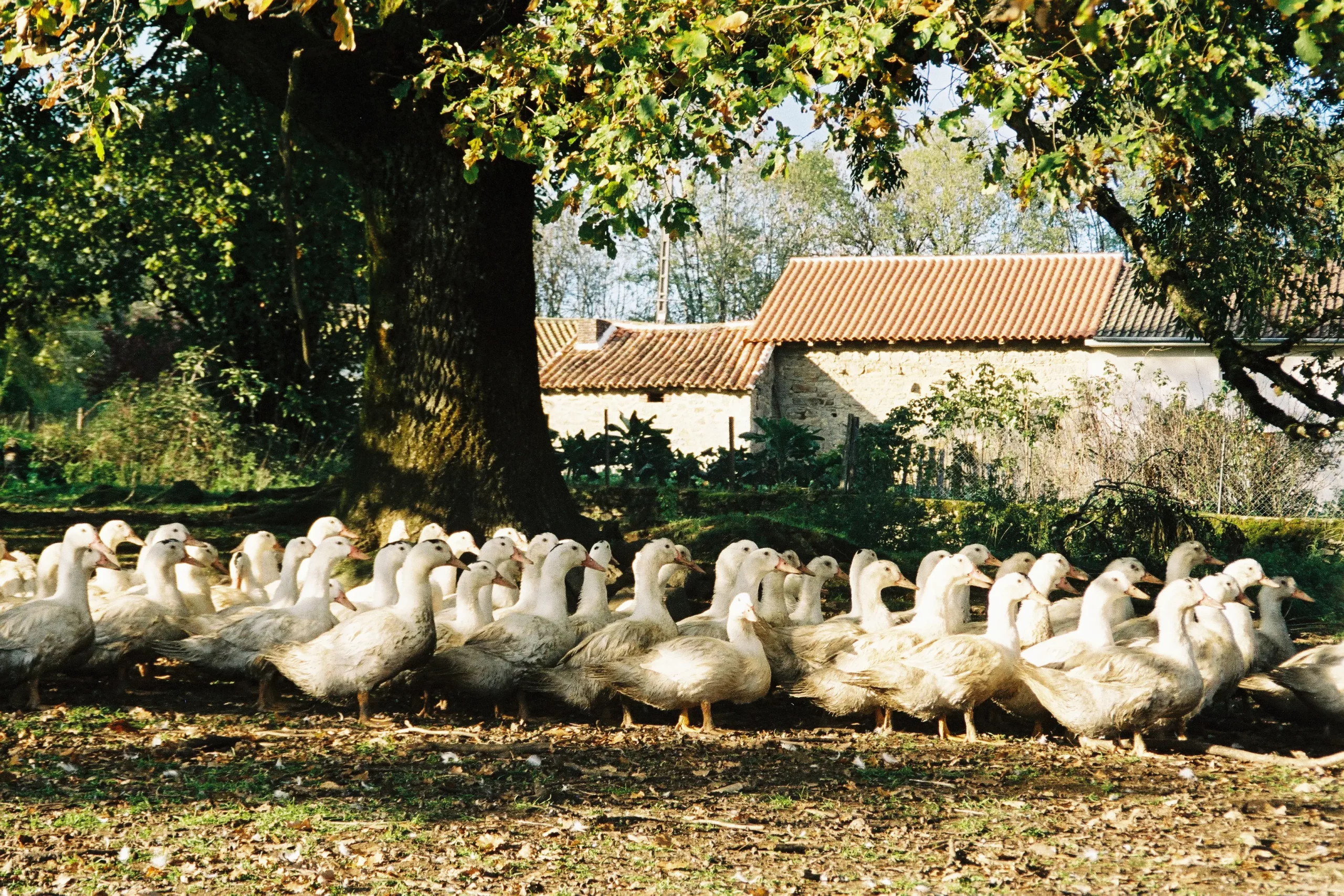
Frédéric Feyel

Born in Wolfisheim in the Bas Rhin, Frédéric FEYEL is a master confectioner. Keen to diversify and take advantage of the boom in Strasbourg Foie Gras, he took over a Foie Gras House founded in 1811. He became Napoleon III’s official supplier of Foie Gras in 1861.
Like all his competitors, this craftsman developed his own recipe with his own blend of spices, which became the signature of Maison FEYEL. Even today, it is his original recipe, handed down from generation to generation of chefs, that makes the House so successful.
Édouard Artzner
Son of Philippe Edouard Artzner, who founded the House of Artzner in 1803, Edouard took over from his father when he died in 1850. Since its creation, the company has enjoyed rapid success, as evidenced by the accounts book which, on New Year’s Day 1809, states that Artzner had sold no fewer than 146 pâtés! Over the years, Artzner became a must for the elite of Strasbourg’s Foie Gras-loving clientele, supplying the princely courts of the Kingdom of Prussia, among others. In 1850, he was the first to break with the tradition of Pâté de foie Gras en croûte by packaging it for the first time in an earthenware terrine, which proved a huge success.

Les Chefs
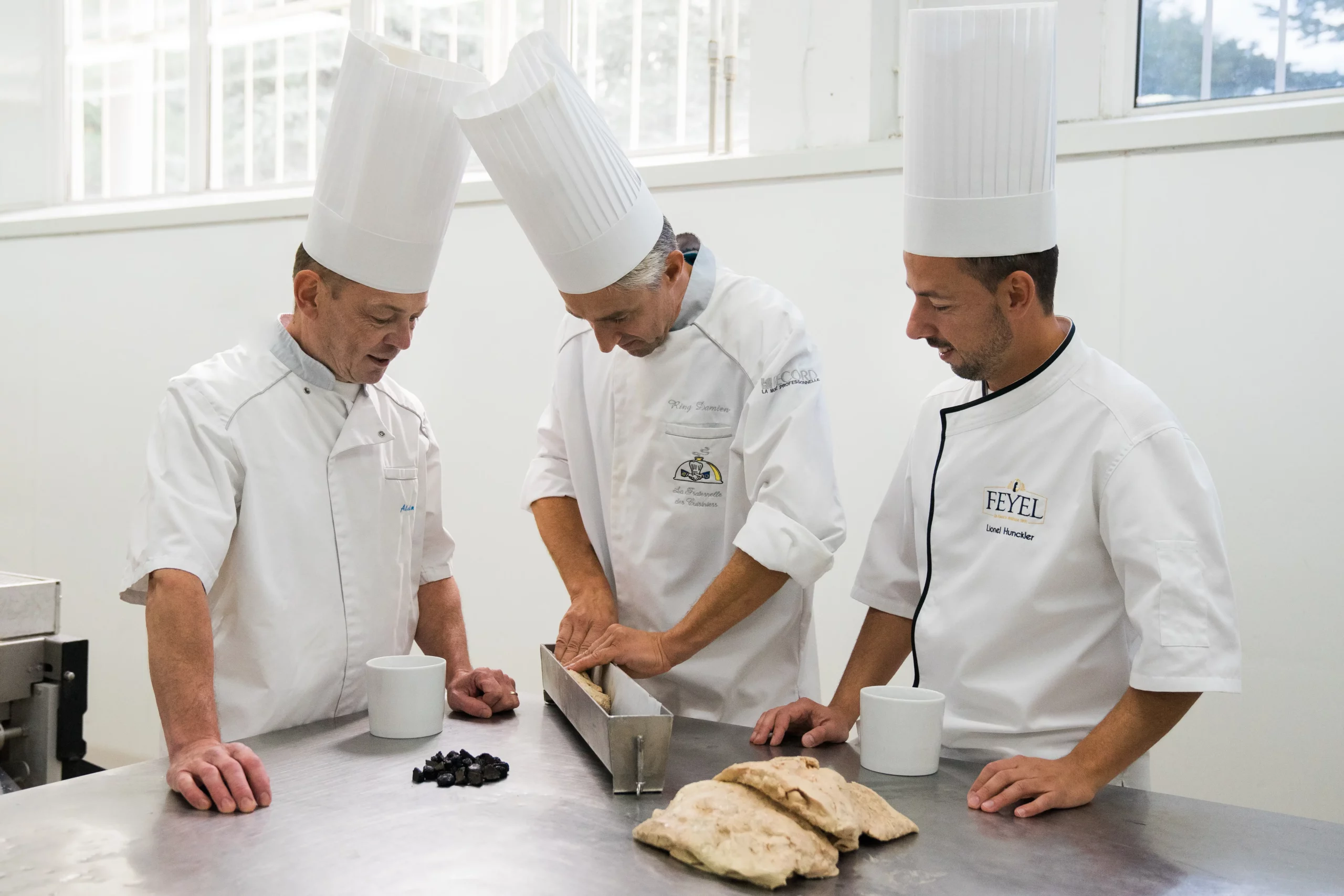
Generations of chefs are the worthy successors to these two founding fathers. Trained by their peers, they perpetuate the Alsatian tradition of hand-crafted Foie Gras, where the hand is the best tool for sorting the raw material and spicing on the fly.
With their love of the product and their attention to maintaining impeccable quality, they are committed to training their successors and passing on all their tips and tricks. For example, becoming a Sorter Chef at FEYEL & ARTZNER involves an 18-month apprenticeship under the rigorous and benevolent eye of a senior member of staff.
All the company’s chefs have theoretical training as cooks, of course, but they also worked in the restaurant trade before joining FEYEL & ARTZNER, particularly in famous Alsatian restaurants. Some of the greatest chefs also began their apprenticeships at FEYEL & ARTZNER, such as Antoine Westermann, starred chef at the Bührehiesel in Strasbourg !
Artisans of the Good and Beautiful Product
At FEYEL & ARTZNER, everything is founded on the pursuit of excellence—excellence in our chefs’ gestures, excellence in the choice of raw materials, and excellence in our recipes, whether they are the legacy of our predecessors or inspired by today’s gastronomic trends. This commitment to excellence is the very foundation of our longevity; we are proud to be one of the few French houses still in operation after more than 220 years! This video showcases the key techniques of our know-how, the very methods our in-house chefs impart to every newcomer in the kitchen.
Selecting the Foie Gras
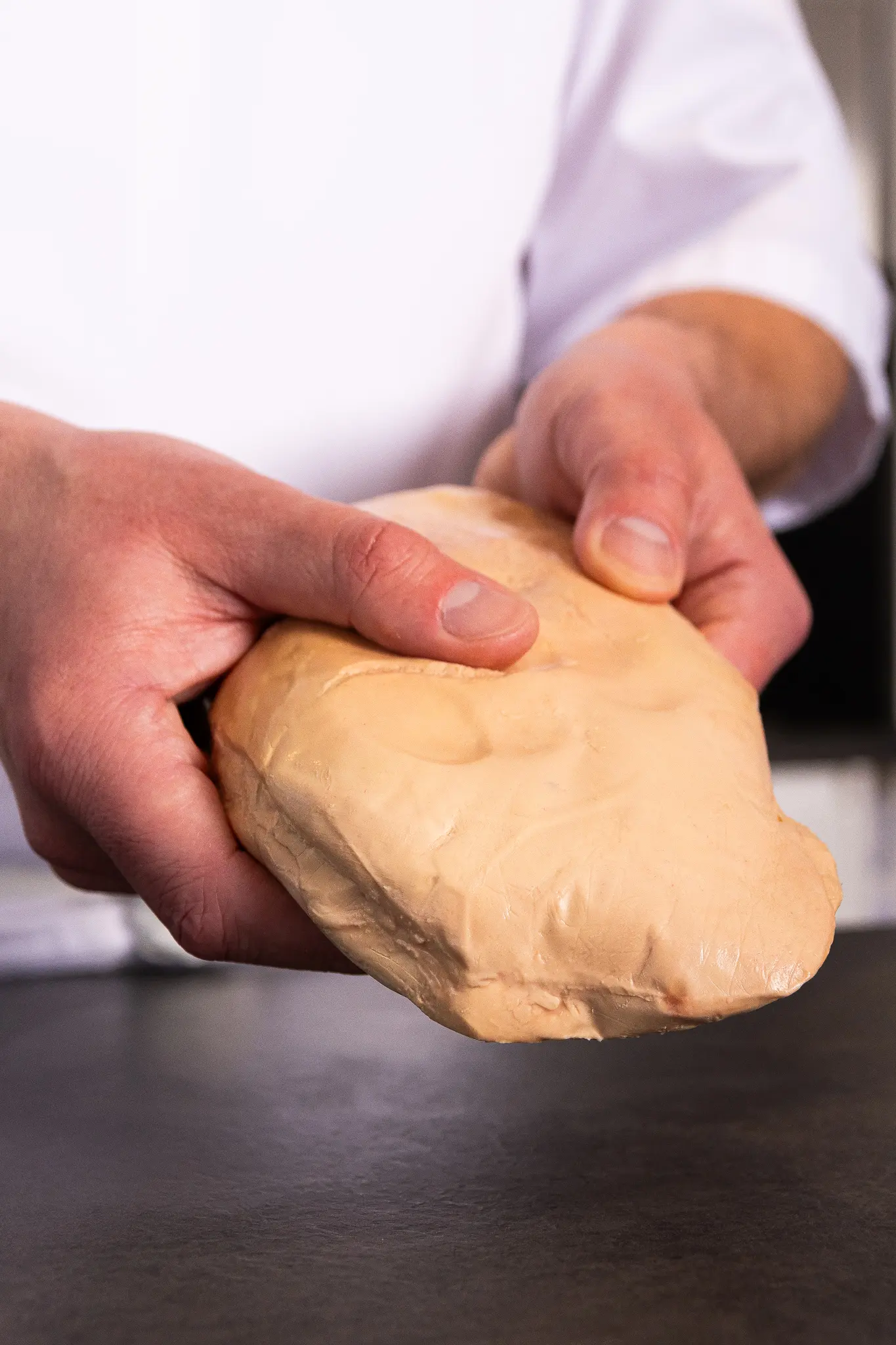
Because a great product can only arise from excellent raw materials, the stage of sorting the liver is essential! It takes 18 months of training for a chef to become a skilled sorter. First, take the liver in both hands and observe its color: it should be a pinkish beige for a goose liver and an orange-yellow for a duck liver. Next, feel the liver with your thumbs; if your thumbs leave a deep impression, the liver is judged to be supple, not overly fatty, and will be destined for high-temperature cooking such as canning. If it leaves only a faint mark, it indicates that the liver is fattier and firmer, making it more suited for gentle cooking methods like semi-cooked (mi-cuit) preparations or serving as fresh livers.
Spicing
Once the veins have been removed, the liver is seasoned according to the method inherited from Édouard Artzner—done entirely by hand and on the fly. The true secret lies in the blend of 11 spices that will infuse the livers over an entire night. White pepper, ginger, cinnamon, cardamom, chili, marjoram… a true palette of flavors developed in the 19th century and still crafted today using the traditional method. This is the genuine gastronomic signature of the House that spices all our products. The chefs hand-dispense this mixture over the livers and magrets, then allow the products to rest for several hours so that the spices permeate them deeply.
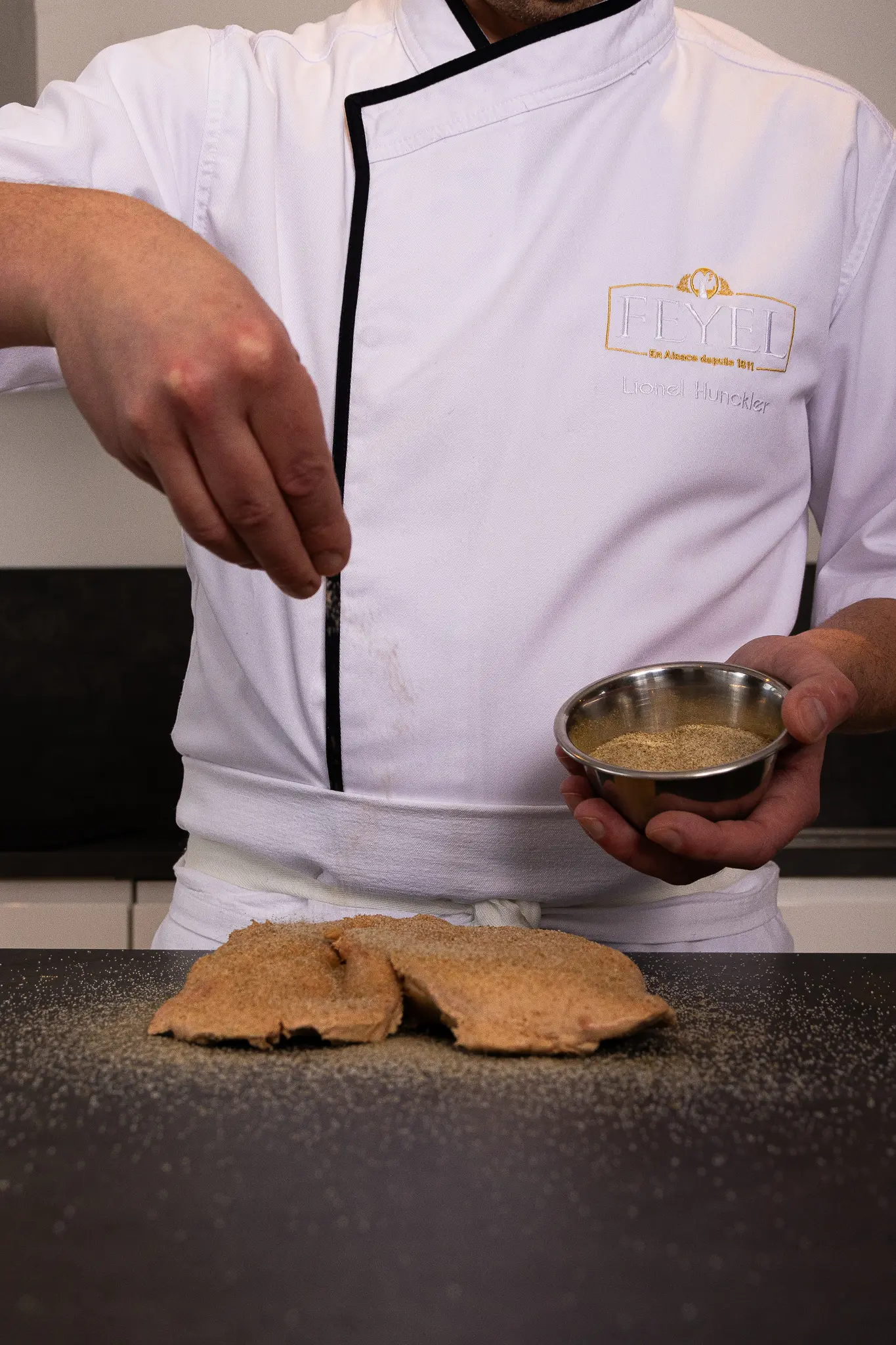
Hand Shaping
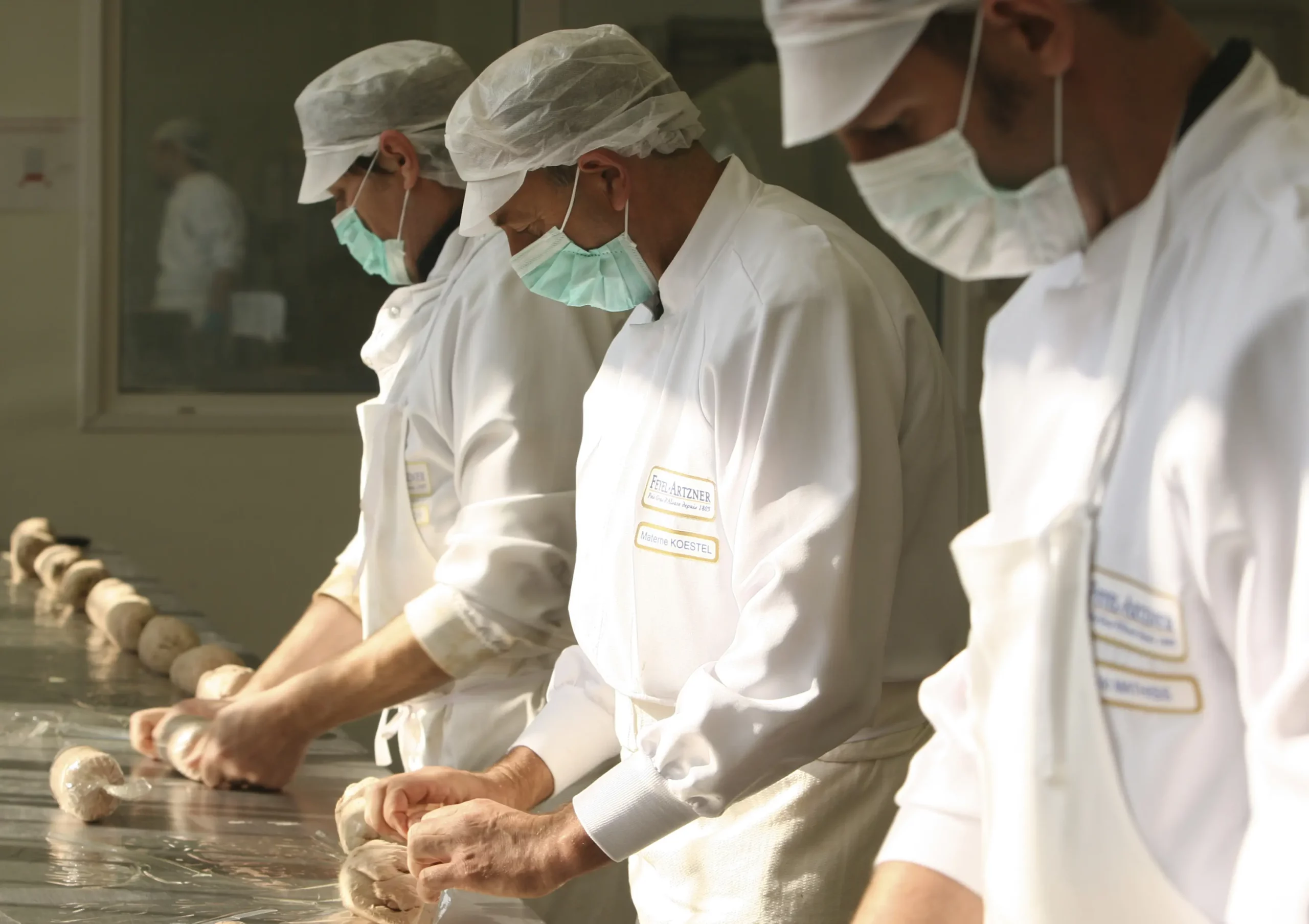
After resting, the livers are shaped according to the desired product: they are either formed into a sausage shape for making “foie gras en torchon” (cloth-wrapped foie gras), molded into balls to fill jars, or pressed into traditional molds to create loaves of fresh foie gras. Next comes the cooking—either in an autoclave or in a steam oven.